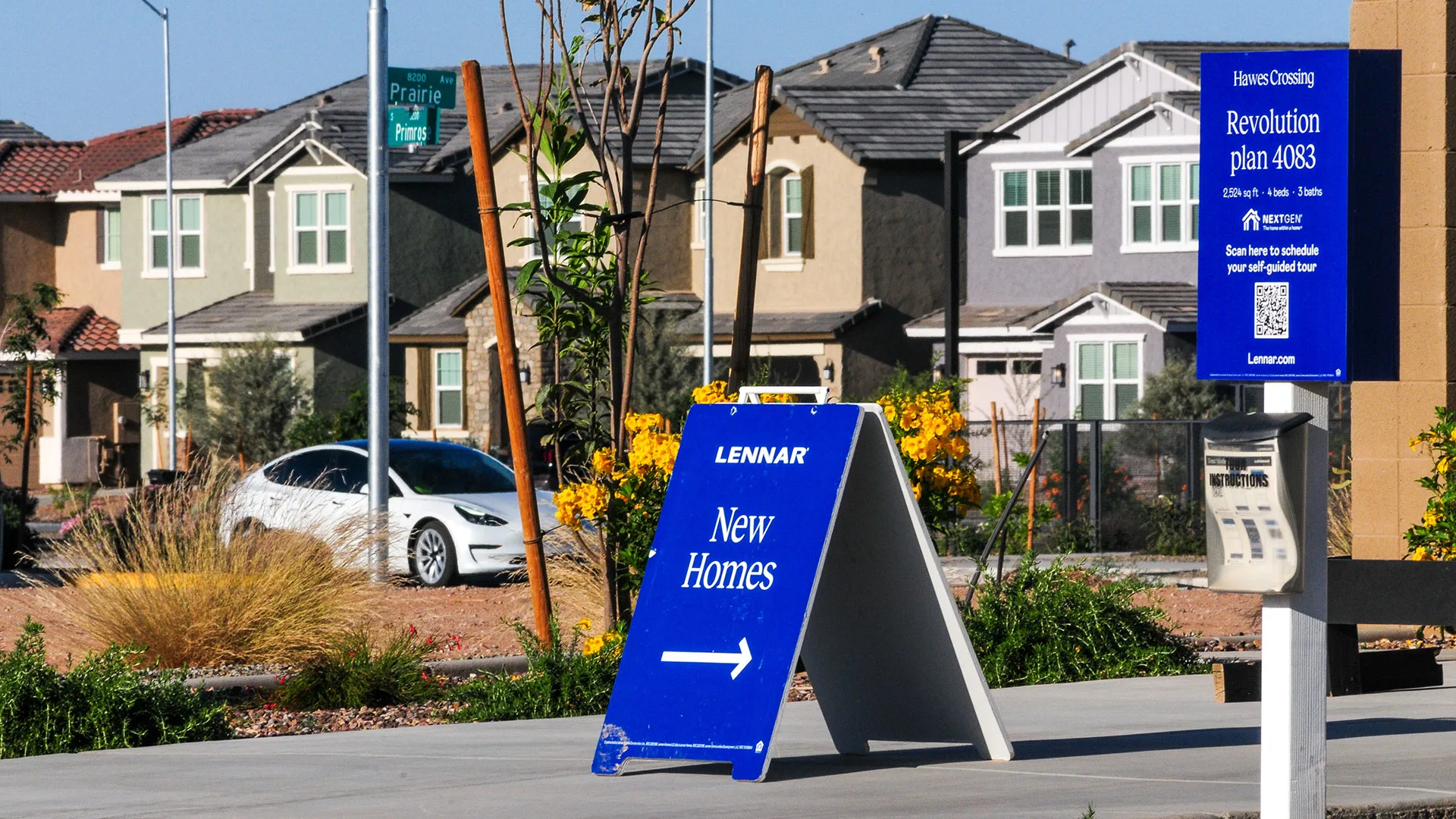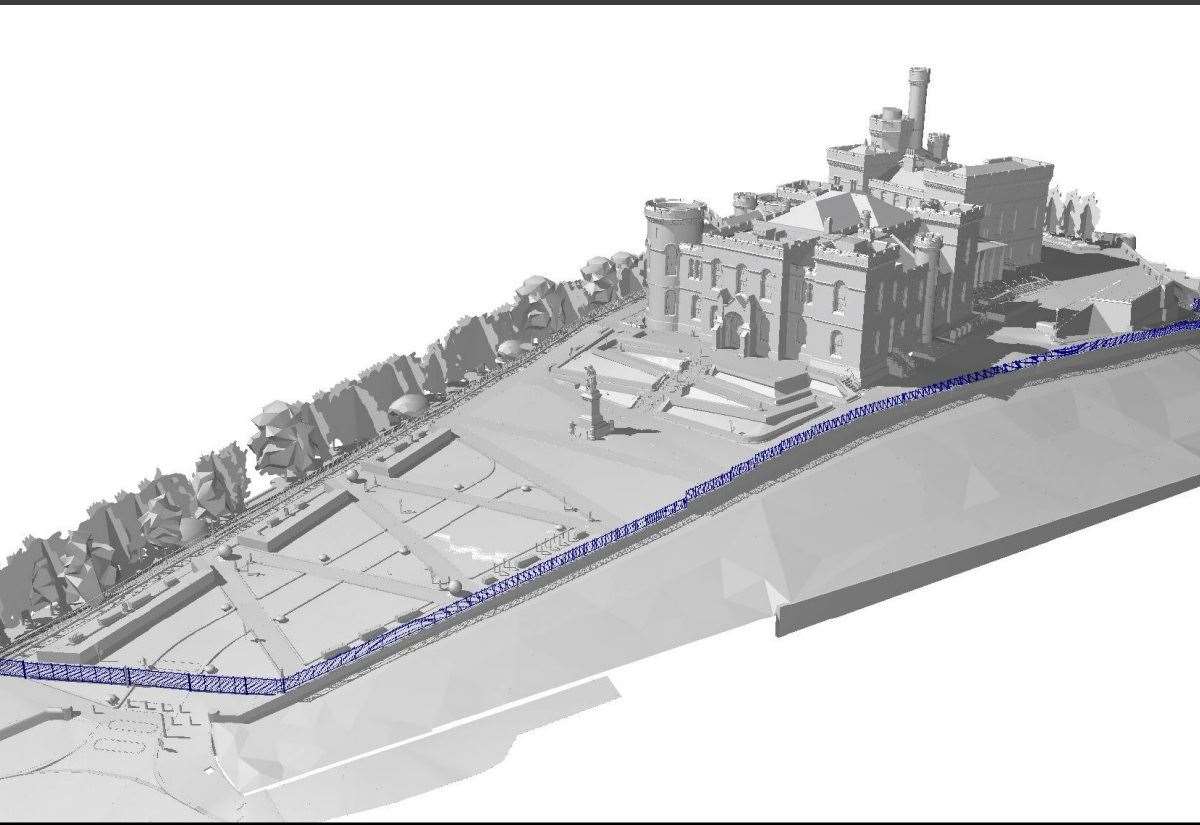Sun Belt housing markets are so weak that homebuilder Lennar’s average home price is down 22%

Want more housing market stories from Lance Lambert’s ResiClub in your inbox? Subscribe to the ResiClub newsletter.
For much of the past three years, Lennar, America’s second-largest homebuilder, has pursued an aggressive strategy: prioritize sales pace and market share, even if it meant slicing deeper into margins through price cuts and heavy incentives in the currently housing affordability strained market. That approach helped the company keep homes moving in softer Sun Belt markets like Florida, Texas, and Arizona. But now, after reporting its weakest gross margin since 2009, Lennar is signaling it’s ready to shift gears.
On Friday’s earnings call, co-CEO Stuart Miller told analysts that Lennar will “pull back just a little bit” on its sales-over-margin strategy after seeing profitability erode further in the third quarter.
“For Lennar, this is an opportune time to pause and let the market catch up a little bit,” Miller said. “Even though mortgage rates began to trend downward towards the end of the quarter, stronger sales have not yet followed. We have certainly begun to see early signs of greater customer interest . . . [but] this is just the right time for us to pull back just a little bit.”
Subscribe to the Daily newsletter.Fast Company’s trending stories delivered to you every day
Privacy Policy
|
Fast Company Newsletters
The numbers show why. Lennar’s average selling price, net of incentives, fell to $383,000 in Q3 2025—down 9.2% from the same quarter last year, and 22% below the 2022 peak of $491,000. Some of that 22% decline reflects outright price cuts or the construction of smaller homes, but much of it stems from a surge in incentive spending, particularly mortgage rate buydowns.
In fact, Lennar’s incentives averaged 14.3% of the final sales price last quarter, the highest level since 2009, according to John Burns Research & Consulting. On a $450,000 home, that works out to more than $64,000 in concessions. “Sales volume was difficult to maintain and required additional incentives in order to achieve our expected pace and to avoid building excess inventory,” Miller acknowledged.
The incentive-fueled push succeeded in keeping sales moving, but it came at a steep cost. Lennar’s gross margin slipped to 17.5% in the third quarter, also the lowest since 2009. That appears to be the line the builder doesn’t want to cross. “Accordingly, we’re going to begin to ease back our delivery expectations for the fourth quarter and full-year in order to relieve the pressure on sales and deliveries and help establish a floor on margin,” Miller said.
Florida has been one of the toughest markets. Elevated levels of unsold new and existing homes—particularly in Southwest Florida—forced Lennar into deeper discounting. On a year-over-year basis, its Eastern division, which is primarily Florida, posted the sharpest drop in average sales prices at 8.5%. Still, Miller struck a cautiously optimistic tone: “Inventories have been moderating, and that has started to build a more stable environment.”
Looking ahead, Lennar says mortgage rates hold the key to stabilizing weaker Sun Belt markets. If the 30-year fixed can settle below 6%, the builder believes affordability will improve enough to spark stronger demand. “We are optimistic that if mortgage rates approach the 6.0% level or even lower, we will soon see some firming in the market,” Miller said.
For now, Lennar is tempering its aggressive market-share push and refocusing on profitability. “The way that I would think about what we’re doing is we’re running a marathon and partway through, we’re just taking a moment to take a breath,” Miller said.
That pause may not last long. With its leaner cost structure and expanded investor marketplace platform, Lennar is positioning itself to pounce once demand firms, Miller told analysts on Friday. But in the meantime, the weakness across the Sun Belt has been made clear: Home prices net of incentives, once soaring, are now down more than 20% from their peak for one of America’s biggest homebuilders.



